Results 3,681 to 3,690 of 12096
Thread: Anandtech News
-
02-26-14, 02:03 AM #3681
Anandtech: Western Digital My Cloud EX4 and LenovoEMC ix4-300d Home NAS Units Review
The consumer Network Attached Storage (NAS) market has seen tremendous growth over the past few years. As the amount of digital media generated by the average household increases, the standard 2-bay NAS is no longer sufficient. Today, we are going to take a look at two different 4-bay solutions, the Western Digital My Cloud EX4 and the LenovoEMC ix4-300d. Both of them use ARM-based Marvell SoC platforms and target the home consumer / SOHO markets. Read on to find out how these products stack up against each other.
More...
-
02-26-14, 03:00 AM #3682
Anandtech: SanDisk launches 128GB microSD at MWC
Today, SanDisk is the first to launch the long-awaited (by some) 128GB microSD card, and it seems to be a class 10, UHS-1 card. While there are no benchmarks that I have seen, it's likely that this won't be as fast as the Extreme and Extreme Ultra/Pro microSD brands, which would mean that this is likely only for bulk media storage that only requires sequential reads. Amazon is already selling them for 120USD, for those that don't want to wait.
More...
-
02-26-14, 03:31 AM #3683
Anandtech: A3Cube develop Extreme Parallel Storage Fabric, 7x Infiniband
News from EETimes points towards a startup that claims to offer an extreme performance advantage over Infiniband. A3Cube Inc. has developed a variation of the PCIe Express on a Network Interface Card to offer lower latency. The company is promoting their Ronniee Express technology via a PCIe 2.0 driven FPGA to offer sub-microsecond latency across a 128 server cluster.
In the Sockperf benchmark, numbers from A3Cube put performance at around 7x that of Infiniband and PCIe 3.0 x8, and thus claim that the approach beats the top alternatives. The PCIe support of the device at the physical layer enables quality-of-service features, and A3Cube claim the fabric enables a cluster of 10000 nodes to be represented in a single image without congestion.
The aim for A3Cube will be primarily in HFT, genomics, oil/gas exploration and real-time data analytics. Prototypes for merchants are currently being worked on, and it is expected that two versions of network cards and a 1U switch based on the technology will be available before July.
The new IP from A3Cube is kept hidden away, but the logic points towards device enumeration and the extension of the PCIe root complex of a cluster of systems. This is based on the quote regarding PCIe 3.0 incompatibility based on the different device enumeration in that specification. The plan is to build a solid platform on PCIe 4.0, which puts the technology several years away in terms of non-specialized deployment.
As many startups, the process for A3Cube is to now secure venture funding. The approach to Ronniee Express is different to that of PLX who are developing a direct PCIe interconnect for computer racks.
A3Cube’s webpage on the technology states the fabric uses a combination of hardware and software, while remaining application transparent. The product combines multiple 20 or 40 Gbit/s channels, with the aim at petabyte-scale Big Data and HPC storage systems.
Information from Willem Ter Harmsel puts the Ronniee NIC system as a global shared memory container, with an in-memory network between nodes. CPU/Memory/IO are directly connected, with 800-900 nanosecond latencies, and the ‘memory windows’ facilitates low latency traffic.
Using A3cube’s storage OS, byOS, and 40 terabytes of SSDs and the Ronniee Express fabric, five storage nodes were connected together via 4 links per NIC allowing for 810ns latency in any direction. A3Cube claim 4 million IOPs with this setup.
Further, in interview by Willem and Anontella Rubicco shows that “Ronniee is designed to build massively parallel storage and analytics machines; not to be used as an “interconnection” as Infiniband or Ethernet. It is designed to accelerate applications and create parallel storage and analytics architecture.”
Source: EETimes, A3Cube, willemterharmsel.nl.
More...
-
02-26-14, 04:31 AM #3684
Anandtech: Elop to Lead Devices and Studios at Microsoft: This Means Xbox
News spreading online from a leaked memo point former Nokia CEO Stephen Elop to become the new lead at Microsoft’s Devices and Studios division. This appointment puts Elop in charge of all games and hardware for the Xbox platform, Microsoft Surface and all the game developments by Microsoft owned studios. This comes on the back of Satya Nadella being named as the post-Ballmer Microsoft CEO, for which Elop was quoted as being in the running.
Elop replaces Julie Larson-Green who is taking on a new role as Chief Experience Officer for the Applications and Services group, which includes user experiences on Office, Skype and Bing.
No current timeline as to the handover, although the wording would seem to suggest it is almost immediate, with a short period while Elop moves into the role.
More...
-
02-26-14, 01:30 PM #3685
Anandtech: Low Level Graphics API Developments @ GDC 2014?
With the annual Game Developer Conference taking place next month in San Francisco, the session catalogs for the conference are finally being published and it looks like we may be in for some interesting news on the API front. Word comes via the Tech Report and regular contributor SH SOTN that 3 different low level API sessions have popped up in the session catalog thus far. These sessions are covering both Direct3D and OpenGL, and feature the 4 major contributors for PC graphics APIs: Microsoft, AMD, NVIDIA, and Intel.
The session descriptions only offer a limited amount of information on their respective contents, so we don’t know whether anything here is a hard product announcement or whether it’s being presented for software research & development purposes, but at a minimum it would give us an idea into what both Microsoft and the OpenGL hardware members are looking into as far as API efficiency is concerned. The subject has become an item of significant interest over the past couple of years, first with AMD’s general clamoring for low level APIs, and more recently with the launch of their Mantle API. And with the console space now generally aligned with the PC space (x86 CPUs + D3D11 GPUs), now is apparently as good a time as any to put together a low level API that can reach into the PC space.
With GDC taking place next month we’ll know soon enough just what Microsoft and its hardware partners are planning. In the meantime let’s take a quick look at the 3 sessions.
DirectX: Evolving Microsoft's Graphics Platform
Presented by: Microsoft; Anuj Gosalia, Development Manager, Windows Graphics
For nearly 20 years, DirectX has been the platform used by game developers to create the fastest, most visually impressive games on the planet.Direct3D Futures
However, you asked us to do more. You asked us to bring you even closer to the metal and to do so on an unparalleled assortment of hardware. You also asked us for better tools so that you can squeeze every last drop of performance out of your PC, tablet, phone and console.
Come learn our plans to deliver.
Presented by: Microsoft; Max McMullen, Development Lead, Windows Graphics
Come learn how future changes to Direct3D will enable next generation games to run faster than ever before!Approaching Zero Driver Overhead in OpenGL
In this session we will discuss future improvements in Direct3D that will allow developers an unprecedented level of hardware control and reduced CPU rendering overhead across a broad ecosystem of hardware.
If you use cutting-edge 3D graphics in your games, middleware, or engines and want to efficiently build rich and immersive visuals, you don't want to miss this talk.
Presented By: NVIDIA; Cass Everitt, OpenGL Engineer, NVIDIA; Tim Foley, Advanced Rendering Technology Team Lead, Intel; John McDonald, Senior Software Engineer, NVIDIA; Graham Sellers, Senior Manager and Software Architect, AMD
Driver overhead has been a frustrating reality for game developers for the entire life of the PC game industry. On desktop systems, driver overhead can decrease frame rate, while on mobile devices driver overhead is more insidious--robbing both battery life and frame rate. In this unprecedented sponsored session, Graham Sellers (AMD), Tim Foley (Intel), Cass Everitt (NVIDIA) and John McDonald (NVIDIA) will present high-level concepts available in today's OpenGL implementations that radically reduce driver overhead--by up to 10x or more. The techniques presented will apply to all major vendors and are suitable for use across multiple platforms. Additionally, they will demonstrate practical demos of the techniques in action in an extensible, open source comparison framework.
More...
-
02-26-14, 06:00 PM #3686
Anandtech: Modular Smartphone Project Ara from Google to Start Development Conference
Joshua talked about Project Ara (from Motorola at the time) back in October as a campaign that focused on attracting OEM interest into a modular smartphone design. The results of that campaign take the next step forward as Google announces the first set of developer conferences for a modular device.
Headed under the Advanced Technology and Projects (ATAP) division, the platform is meant to be a single hub onto which the user can place their own hardware. This means CPUs, cameras, sensors, screens, baseband, modems, connectivity, storage – the whole gamut. The issue with such a device compounds the effects of going from a managed ecosystem (Apple and several hardware combinations) to a free ecosystem (Android and every hardware combination). Project Ara takes this complexity one stage further, and there has to be a fundamental software base to solve this. Hence ATAP is going to be doing three developers’ conferences in 2014, starting on April 15-16 at the Computer History Museum in Mountain View, California.
Aside from those attending in person, the event will be live webcast with question and answer sessions built into the programme. Due to the early stage of Project Ara, the initial conference is all about the modular system itself, building a device and getting it to work. Coinciding with the first conference, an alpha version of the Module Developers’ Kit should be available.
The other two conferences for 2014 are yet to be announced. Further info on the conference is found at the website projectara.com, to be updated over the next few weeks with more details.
To quote the website:
We plan a series of three Ara Developers’ Conferences throughout 2014. The first of these, scheduled for April 15-16, will focus on the alpha release of the Ara Module Developers’ Kit (MDK). The MDK is a free and open platform specification and reference implementation that contains everything you need to develop an Ara module. We expect that the MDK will be released online in early April.Gallery: Modular Smartphone Project Ara from Google to Start Development Conferences
The Developers’ Conference will consist of a detailed walk-through of existing and planned features of the Ara platform, a briefing and community feedback sessions on the alpha MDK, and an announcement of a series of prize challenges for module developers. The complete Developers’ Conference agenda will be out in the next few weeks.
This first version of the MDK relies on a prototype implementation of the Ara on-device network using the MIPI UniPro protocol implemented on FPGA and running over an LVDS physical layer. Subsequent versions will soon be built around a much more efficient and higher performance ASIC implementation of UniPro, running over a capacitive M-PHY physical layer.
The Developers’ Conference, as the name suggests, is a forum targeted at developers so priority for on-site attendance will reflect this. For others--non-developers and Ara enthusiasts--we welcome you to join us via the live webstream. That said, we invite developers of all shapes and sizes: from major OEMs to innovative component suppliers to startups and new entrants into the mobile space.


More...
-
02-27-14, 12:30 PM #3687
Anandtech: Intel SSD 730 (480GB) Review: Bringing Enterprise to the Consumers
The days of Intel being the dominant player in the client SSD business are long gone. A few years ago Intel shifted its focus from client SSDs to the more profitable and hence more alluring enterprise market. As a result of the move to SandForce silicon, Intel's client SSD lineup became more generic and lost the Intel vibe of the the X-25M series. With the SSD 730 Intel finally provides an in-house designed consumer drive after a hiatus of a few years. Based on the S3500/S3700 platform, the SSD 730 adopts many enterprise features and brings them to the hands of consumers. Does Intel retake the crown with the SSD 730? Read on and find out!
More...
-
02-28-14, 01:30 PM #3688
Anandtech: Seasonic S12G 650W Power Supply Review
It has been 16 months since our last power supply review, but the long wait is finally over. We have a new PSU and cases editor, and this is the first of many new PSU reviews to come. The first PSU to hit our new testing lab is the S12G 650W from Seasonic. Seasonic is a company that hardly requires any introduction; they are one of the oldest and most reputable computer PSU designers, manufacturers and retailers. Read on to see how their S12G performs in our updated testing suite.
More...
-
02-28-14, 01:30 PM #3689
Anandtech: How We Test PSUs - 2014
After a lengthy hiatus, we're back with a new PSU and case reviewer. As we kick off our revised power supply testing and reviews, we wanted to cover the fundamentals of how we test and what to expect. Some of this is still a work in progress, as we have not gathered all of the equipment we would like to have, and as we move forward we will periodically provide updates to our PSU testing procedures. And with that out of the way, let's discuss how we're going to go about testing power supplies.
Effective testing of a power supply requires far more than just connecting it to a PC and using a $10 multimeter to check the voltage rails. At the very least, it requires specialized (and very expensive) equipment. At this point, most people that actually know a few things about PSUs would say, "Yes, OK, you need an adjustable load and an oscilloscope." While it's true you need those items, you can't simply grab any old adjustable load and oscilloscope. What you really need is very precise, programmable electronic loads with transient testing built-in and an oscilloscope that should comply with exact specifications, among other meters and equipment. Then of course you need to know what you are doing, as it's not simply a matter of connecting a PSU to the equipment and pressing a few buttons; there are exact loading and testing procedures, described in technical papers and guides, that need to be followed.
Programmable DC loads are an absolute necessity if you want to test a power supply. To that end, we acquired two high precision Maynuo M9714 1200 Watt and two Maynuo M9711 150 Watt electronic loads, which will allow us to draw up to 2400 Watts from 12 Volt lines and up to 150 Watts from each of the 3.3 Volt and 5 Volt lines. As these are quick-response programmable models, they will also allow us to perform transient tests in the future.
When testing a power supply, using even the best of multimeters are entirely useless. An oscilloscope is an absolute necessity and not just any oscilloscope. Intel's ATX design guide denotes that the oscilloscope should have a bandwidth of 20MHz; however, things are not nearly as simple as that. Even if you do want to purchase a proper oscilloscope, buying a 20MHz oscilloscope is a mistake. Digital oscilloscopes need to be capable of acquiring samples at least ten times faster than the frequency they are required to resolve. So, you need a 20MHz oscilloscope with a sampling rate of at least 200 MSa/s, and low range or USB connected devices cannot get anywhere close to that number.
There are of course many other minor details but we will not bore you with those. It should suffice to say that for the time being we are using a Rigol DS5042M oscilloscope, which has a bandwidth of 40MHz and a real time sampling rate of 500 MSa/s. Although that sounds impressive, actually even this device is not good enough if you want to perform transient tests properly and it cannot resolve noise out of the ripple of a signal; these are tests we plan to add in the future.
Compared to the above items, testing the efficiency of a PSU is relatively simple, once you know exactly how much power you are drawing from it. Our electronic loads tell us exactly how much power is being drawn at a given time; therefore, we only need a good AC power analyzer to tell us how much power the unit is drawing from the AC outlet. Note the "good" part, as you need a power analyzer capable of displaying true RMS values, as PSUs can generate a great deal of harmonics.
Our Extech 380803 power analyzer does a very good job at reporting the level of power that our PSU requires at any given time. We should note that all testing is being performed with a 230V/50Hz input, delivered by a 3000VA VARIAC for the perfect adjustment of the input voltage. Unfortunately, we cannot perform tests at 110V/60Hz at the moment, as that requires a high output, programmable AC power source. As a rough estimate, conversion efficiency drops by 1% to 1.5% when the input voltage is lowered to 110V/ 60Hz.
Thermal and noise testing are another complex procedure. Thermal testing is relatively simple; we only had to acquire two high precision UNI-T UT-325 digital thermometers. With four temperature probes, we can monitor the ambient temperature, the exhaust temperature of the PSU, as well as the temperature of its primary and secondary heatsinks. Noise testing however cannot be performed while the unit is being tested, as the very equipment that is used to test it generates a lot of noise. Everyone says that it is impossible to keep the unit loaded with the equipment far apart in order to perform noise testing and yes, that truly is impossible. So, it cannot be done, right? Wrong.
One of the basics of the scientific method is that you isolate the problem from a system and resolve it on its own. In other words, instead of trying to do the impossible and measure the noise of a power supply while we are testing it, there is nothing keeping us from using a non-intrusive laser tachometer to record the speed of the fan instead. Then, we can simply test the unit on its own, with the fan hotwired to a small fanless, adjustable DC PSU that we fabricated, taking noise readings with our Extech HD600 for the RPM range of the fan and cross-referencing the two tables. Not quite that difficult, was it? There is a catch however; as the unit will not be powered at the time of sound level testing, the meter cannot record any coil whine noise. Coil whine is clearly audible during testing though and we will make sure to report it if (when) we encounter a PSU whose coils could have used a little bit more lacquer. The background noise of our testing environment is about 30.4 dB(A), which figure resembles a quiet room at night. Equipment noise usually becomes audible when our instrumentation reads above 33.5 dB(A).
In order to facilitate testing power supplies more effectively, we created a test fixture for the connection between the PSU and the testing equipment, as well as a proprietary hot box. The hot box is not much more than a closed case with an air-heating device, which is controlled via a DAQ and our software. It is imperative to heat the air inside the box, not the box itself, in order to create good testing conditions. Admittedly, this self-made contraption is not perfect as it is small and has a very slow reaction rate, but it does work well for the means of simulating the environment inside a computer case. Therefore, testing will be performed at room temperature (maintained at 25 °C) and inside the hotbox (at 45-50 °C). Remember that efficiency certifications are performed at room temperature (25 °C) and a power supply can easily fail to meet its efficiency certification standards inside the hotbox!
As for the testing procedure, there are specific, detailed guidelines on how to perform it. All testing is done in accordance with Intel's Power Supply Design Guide for Desktop Form Factors and with the Generalized Test Protocol for Calculating the Energy Efficiency of Internal AC-DC and DC-DC Power Supplies. These two documents describe in detail how the equipment should be interconnected, how loading should be performed (yes, you do not simply load the power lines randomly), and the basic methodology for the acquisition of each data set. However, not all of our testing is covered and/or endorsed by these guidelines.
There are no guidelines on how transient tests should be performed and the momentary power-up cross load testing that Intel recommends is far too lenient. Intel recommends that the 12V line should be loaded to < 0.1A and the 3.3V/5V lines up to just 5A. We also perform two cross load tests of our own design. In test CL1, we load the 12V line up to 80% of its maximum capacity and the 3.3V/5V lines with 2A each. In test CL2, we load the 12V line with 2A and the 3.3V/5V lines up to 80% of their maximum combined capacity.
Furthermore, it has been suggested that efficiency testing needs to be performed at specific load intervals (20% - 50% - 100%), which is considered to be the normal operating range of a PSU. However, modern systems can easily have their energy demand drop dramatically while idling, which is why we will be testing power supplies starting at 5% of their rated capacity, not 20%. Note that the conversion efficiency of all switching PSUs literally takes a dive when the load is very low, so large drops of >10% are expected and natural.
Any questions or comments on our PSU testing procedures are welcome, and as noted earlier we plan to add and/or improve some of the testing over the coming months with some additional hardware. We will provide an updated article when/if such changes are required.
More...
-
03-01-14, 04:00 AM #3690
Anandtech: Twitch Plays Pokémon beats Pokémon
A departure from the normal tech news, but for those not keeping tabs on the phenomenon Twitch Plays Pokemon, it is an interesting social experiment via the Twitch platform. Users are encouraged to help enter commands into the chat box to control around Red from the first generation of the Pokémon games. At the peak, an army of 100,000 users were issuing commands to the in-game character where to go. A multitude of hilariousness has come forth due to this method, as well as frustration as users with the intent of causing havoc also enter the mix (the use of the start button was adjusted, for example).
Aside from issues such as taking six hours to navigate a ledge and accidentally releasing 12 Pokémon in a single day, the extraordinary happened: millions of users at millions of keyboards managed to beat the final sequence. After 22 attempts at the Elite Four, that combination of users powered though. Not only this, but the fear of accidentally starting a new game after the end sequence came to naught.
The final moment was captured in all its glory:
The task took 16 days 7 hours 45 minutes, or 391 hours in total. This is compared to my individual personal best of 13 hours, to put it into perspective. The final team of Pokémon were as follows:
Omastar, Level 51
Pidgeot, Level 69
Venomoth, Level 39
Zapdos, Level 81
Lapras, Level 30
Nidoking, Level 53
For a brief update of the adventure, this Google document was maintained throughout the journey.
No news as to the next quest in the ‘Twitch Plays’ series, however the channel states that the next journey should start around midday Sunday GMT.
More...
Thread Information
Users Browsing this Thread
There are currently 47 users browsing this thread. (0 members and 47 guests)





 Quote
Quote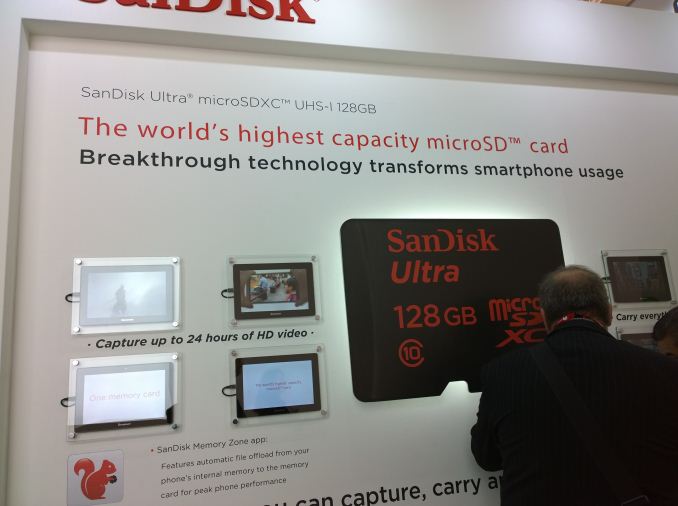

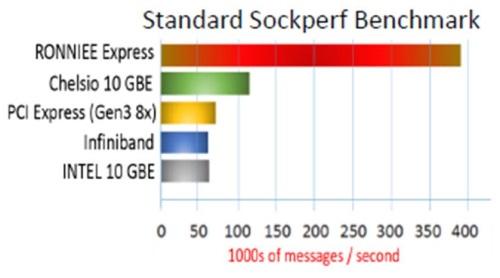



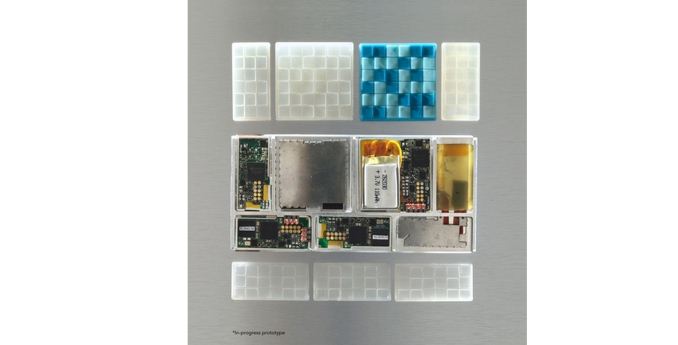

_575px.jpg)
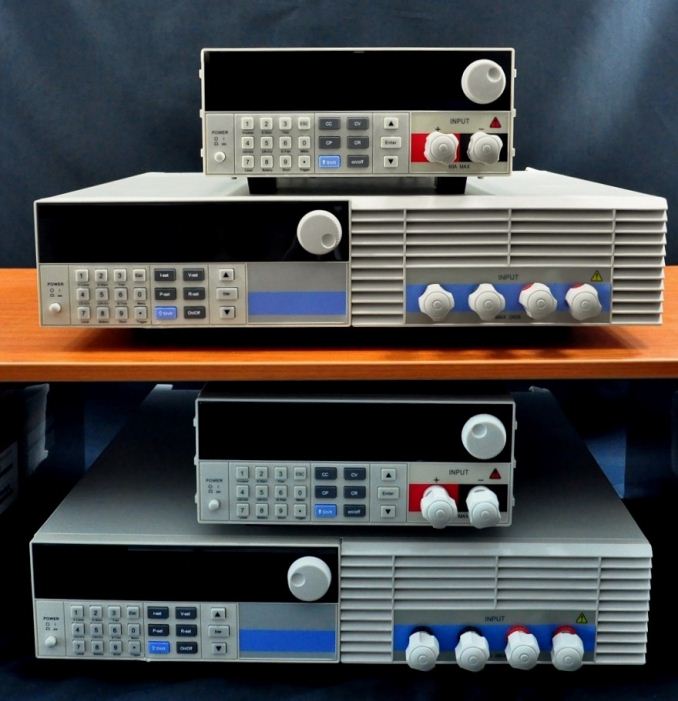

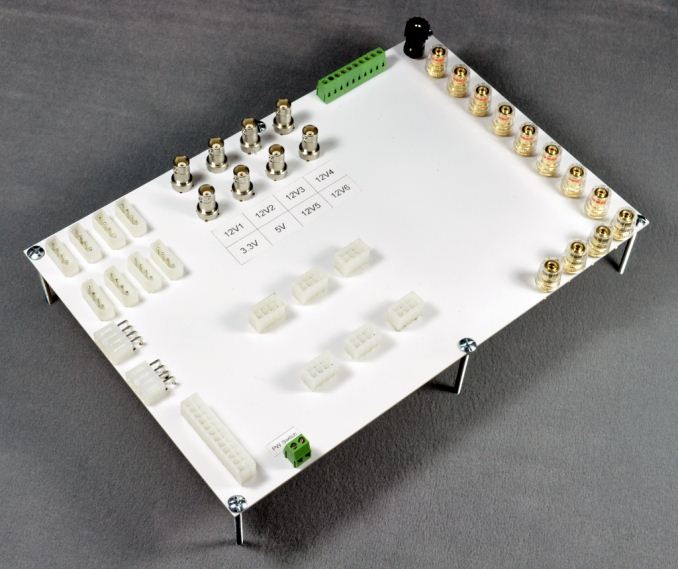
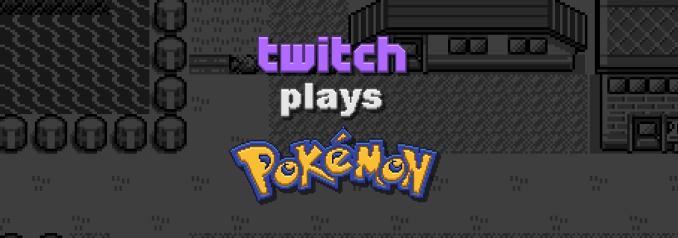

















Bookmarks